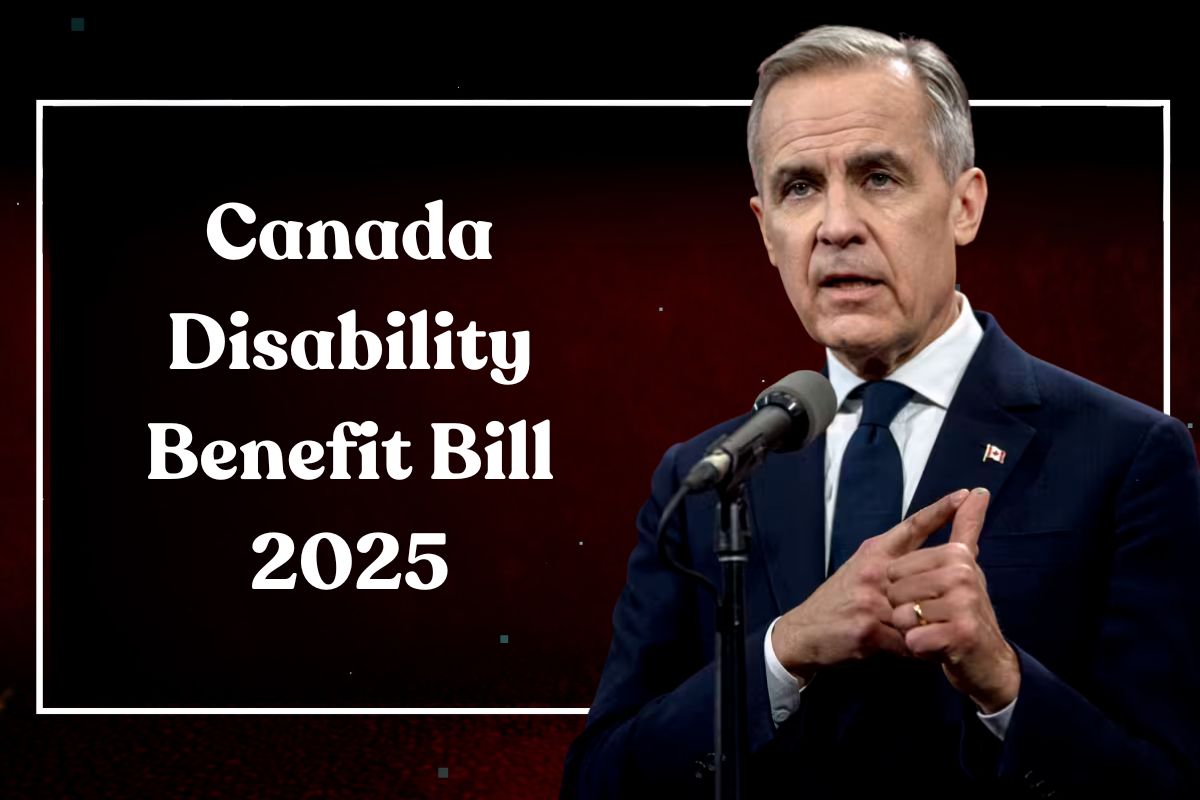With effect from July 2025, SSA will automatically withhold up to 50% of monthly payments of those who were previously overpaid. This might soon result in a reduction in Social Security income for millions more Americans.

As part of a new strategy implemented under the Trump Administration, the adjustment represents a fivefold increase from the previous 10% ceiling and a major change in the agency’s approach to addressing the long-standing problem of overpayments.
The beneficiaries will be informed before the deductions begin, and they will have ninety days to respond or appeal. Therefore, the July payment will not be affected if the receiver has not yet received an overpayment notice.

Goodbye to your Social Security benefits
If your July Social Security check is less than you expected, it’s because the government overpaid you and wants your money back. Depending on your birthday, payments are made on July 9, 16, and 23.
According to several reports, some people may see a change in their amount if they neglected to update their information, such as if their income changed, or if the Social Security Administration made a mistake in calculating their benefits. The SSA has been withholding 10% from people who received overpayments for the past two years, according to news, however, the percentage is rising to 50%.

Some retirees will get lower payments in July due to overpayment
Payments from SSA are a major source of income for millions of Americans. However, beginning in late July, some recipients can see a large reduction in their monthly payments. The reason? In an effort to recover previous overpayments, the Social Security Administration (SSA) is increasing its efforts and adjusting the amount it withholds. Overpayment problems, many of which are caused by administrative mistakes or misreported income, have plagued the SSA for many years.

The majority of the almost $72 billion in incorrect payments that the government disbursed between 2015 and 2022 were overpayments. Even though these figures represent fewer than 1% of the $8.6 trillion disbursed during that time, those who have received formal overpayment warnings and have not answered or refunded the money within the allotted 90 days may face harsh penalties.

Following the introduction of a new ceiling restricting automatic withholdings to 50% of monthly benefits, the earliest deductions would take place on July 24, 2025, since the SSA started delivering these notices on April 25, 2025.
What are the changes?
The reduced benefits are unrelated to Social Security’s long-term viability, despite common belief. Rather, they result from previous overpayments, in which the agency paid recipients more than they were entitled to, either as a result of SSA’s own miscalculations or reporting mistakes. Overpayments can happen if the SSA calculates benefits incorrectly or if a recipient neglects to disclose changes in income.

USD 72 Billion in improper payments over 8 years
The agency’s Office of I.G reported in August 2024 that the SSA issued over USD 72 billion in incorrect payments between fiscal years 2015 and 2022 and most of were overpayments. Even while these accounted for less than 1% of the almost $8.6 trillion in benefits that were distributed overall, their combined impact has been significant. The SSA was still working to recover over $23 billion in unpaid overpayments as of September 2023.
New rule: 50% withholding starts in late July
In a dramatic move from the previous 10% rate, the SSA will begin withholding 50% of monthly payments from overpaid recipients on July 24, 2025. This follows the SSA’s withdrawal of a more aggressive proposal outlined in March that called for 100% of payments to be withheld until the entire amount was collected.
Media reported in 2023 of needy beneficiaries who risked financial collapse or lost their homes due to sudden reductions in benefits caused a significant pushback against the program.
The first wave of 50% benefit cutbacks was delayed until late July when the IRS started distributing new overpayment notices on April 25, 2025, with a 90-day grace period before deductions started. Upon receiving a notice of overpayment, recipients have the following options:
- Repayment: You have three options for paying back the debt: check, credit card, or online bill pay.
- Request for Waiver: You can request a waiver if the overpayment was not your fault, you are unable to refund it, or you believe that repayment would be unfair.
What to do if you are affected by the SSA change?
A voluntary payment by credit card, check or electronic transfer is the first of several ways that beneficiaries who get a notice can attempt to lessen the possible impact of the withdrawal.
Second, if the overpayment was not the recipient’s fault or if payback would put them in a difficult financial situation, they may ask for a waiver. The ssa.gov is the only way to file a waiver claim and to reduce the monthly withholding amount or extend the repayment schedule, a payment plan might be negotiated.
The SSA recently stated that FRA will increase to 67 beginning in 2026, that raises concerns about the future of Social Security itself even as this crackdown targets overpayments. This is changing when Americans may get their full benefits, and while early retirement at age 62 is still an option, it could result in monthly payouts being cut by as much as 30% as the SSA tries to cut costs wherever it can. In the context of changing demographics, this policy change is taking place.
Each retiree in the 1960s was supported by more than five employees. The ratio has already dropped to 2.7:1, and it is expected to go below 2:1 in the ensuing decades, further taxing the Social Security system.
| Official Website | Click Here |
| Homepage | BSEBSTET.Com |





